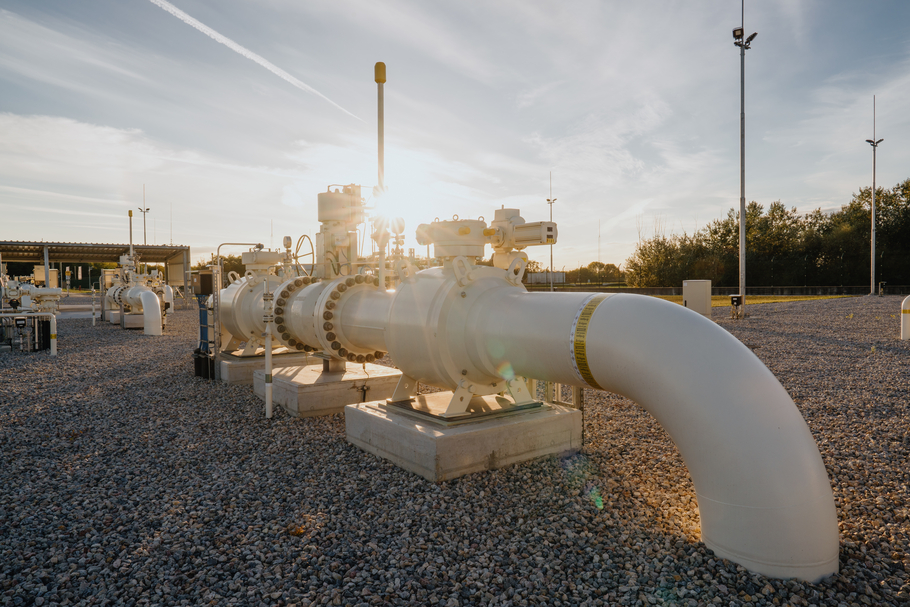1. Financing the H₂ Infrastructure: Enabling Investment, Reducing Risk
Building a hydrogen infrastructure requires substantial upfront investment, while utilisation of the network will only ramp up gradually. To provide grid operators with long-term investment security, a national financing instrument in the form of a state-backed H₂ ramp-up account is needed.
This instrument bridges the gap between regulator-approved grid costs and the initially low revenues from H₂ ramp-up tariffs. It reduces investor risk, spreads costs over longer periods, and allows for market-compatible entry tariffs – without placing additional strain on public finances. From our perspective, this is how investment in hydrogen infrastructure can be mobilised and decarbonisation targets achieved more rapidly.
2. Fair Cost Sharing Across Borders with CBCA
Infrastructure and its use do not stop at national borders. To ensure that the costs of grid expansion are fairly distributed in proportion to the benefits in each country, a cross-border cost-sharing arrangement is needed, based on the Cross-Border Cost Allocation (CBCA) instrument. This mechanism ensures that Member States contribute to the financing of cross-border transport infrastructure along a corridor according to the benefits they derive.
Given the current uncertainties surrounding the ramp-up of the hydrogen market, we propose that CBCA-based payments should not be made as a lump sum but rather dynamically, in annual instalments. This approach offers several advantages:
- greater planning security for all stakeholders,
- improved liquidity,
- and support for the development of a joint European hydrogen market with greater depth and breadth.
The CBCA should be designed with flexibility, for example by allowing depreciation periods to be adjusted or by enabling re-evaluations in the event of grid extensions. This would make it possible to allocate costs more fairly while also facilitating investment.
3. PCI: Cutting Red Tape, Creating Planning Certainty
Major energy projects need clear framework conditions – but not excessive bureaucracy. That is why we advocate a three-year selection cycle for Projects of Common or Mutual Interest (PCI/PMI).
This would bring two key advantages: greater planning security for investors and operators, and reduced administrative effort. The same applies to monitoring: progress should be reviewed, but in a lean and targeted way. Re-submissions are a more suitable instrument here than additional annual reporting obligations.
In this way, procedures can be made more efficient without losing sight of the strategic objectives of energy policy.
4. Permitting: Fast, Digital and Legally Robust
Shorter permitting procedures are a crucial lever for driving grid expansion. But speed must not come at the expense of legal certainty – weak permits risk legal challenges and thus create new uncertainties.
What is needed instead are greater resources in the authorities, simplified procedures and, above all, digitalisation:
- one-stop shops to consolidate permits,
- streamlined environmental impact assessments to accelerate processes,
- and clear, shorter deadlines to ensure PCI and PMI projects are implemented on time.
This is how the balance can be struck: faster expansion while maintaining full legal certainty.
Our Conclusion
The energy transition needs grids – and grids need the right framework conditions. With a hydrogen scale-up fund, benefit-based cross-border cost sharing, reduced bureaucracy and streamlined permitting procedures, Europe can successfully master the ramp-up of hydrogen. In doing so, it will advance the achievement of the EU’s decarbonisation targets and strengthen competitiveness.

